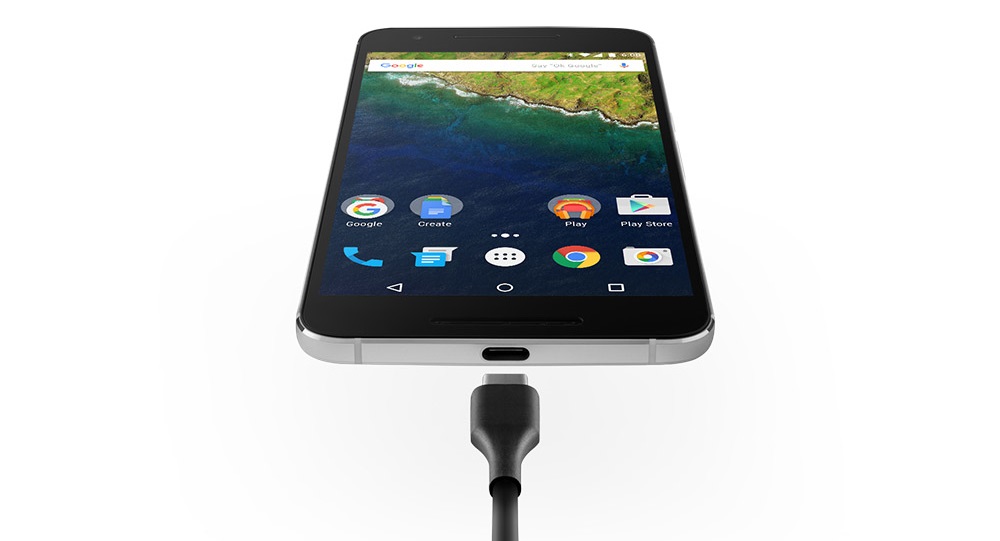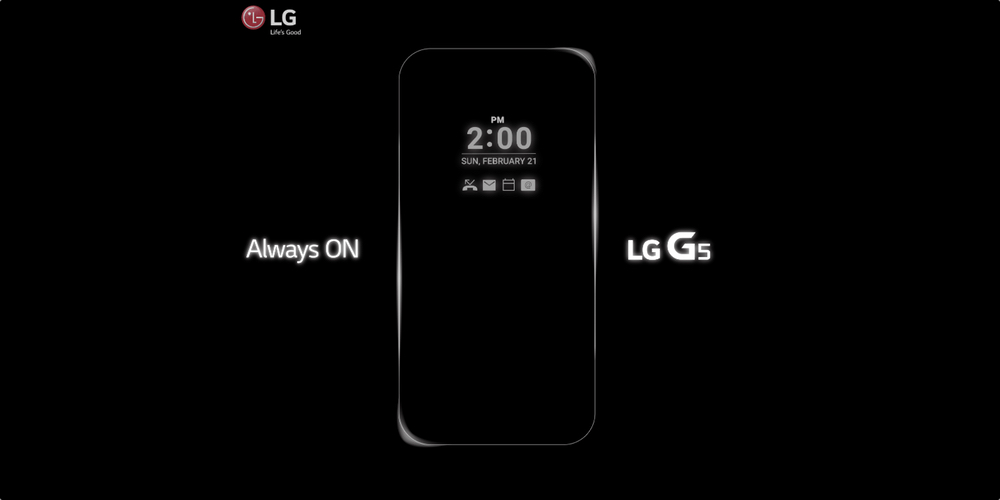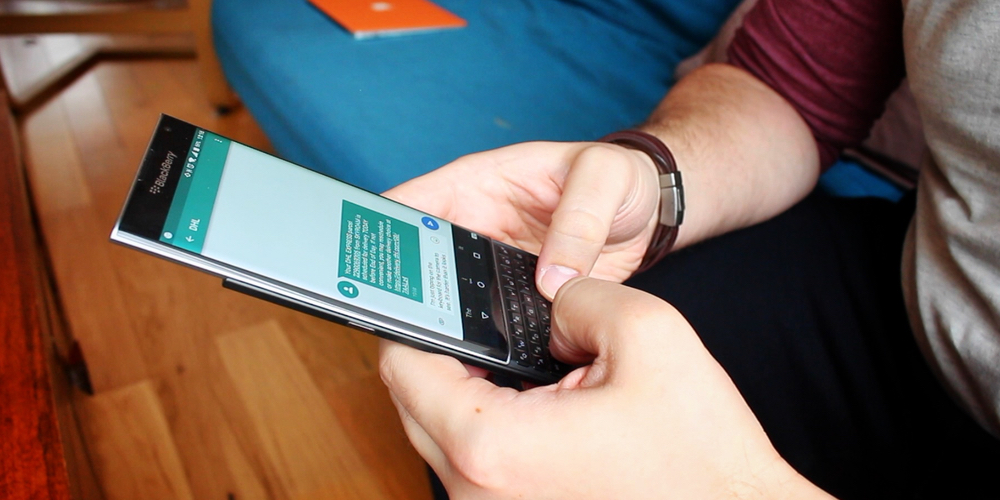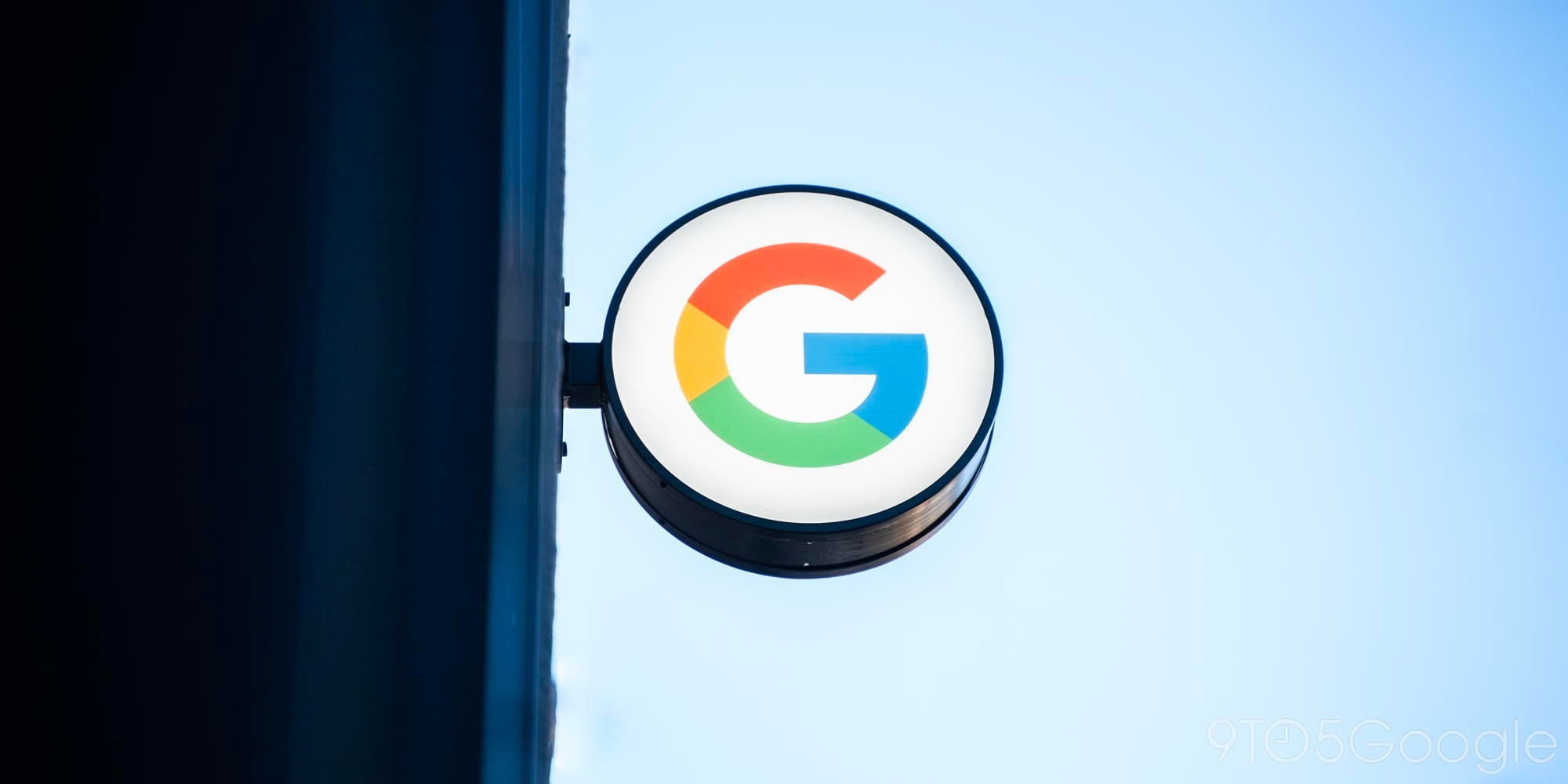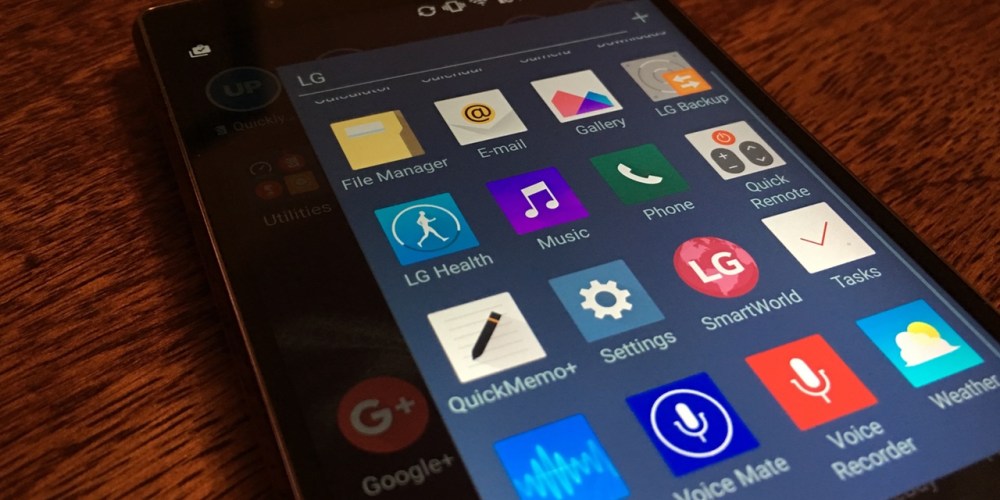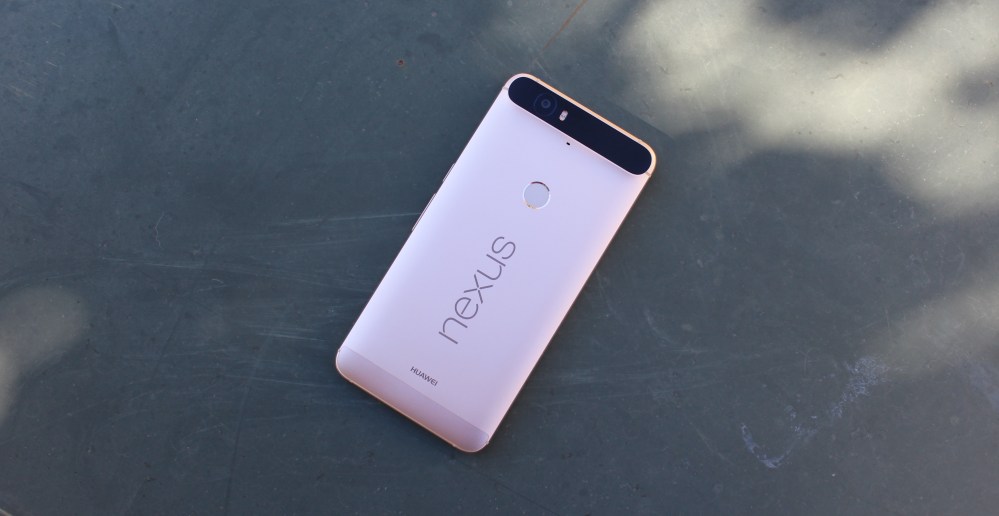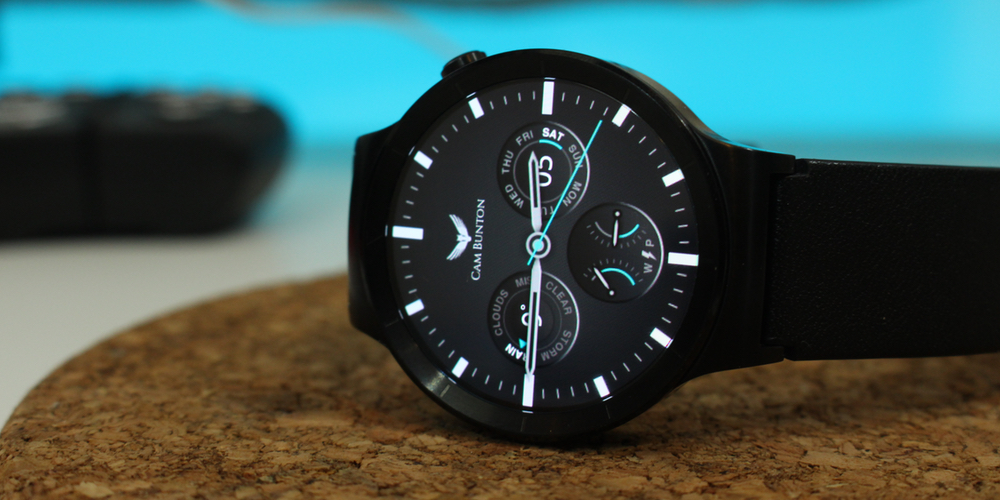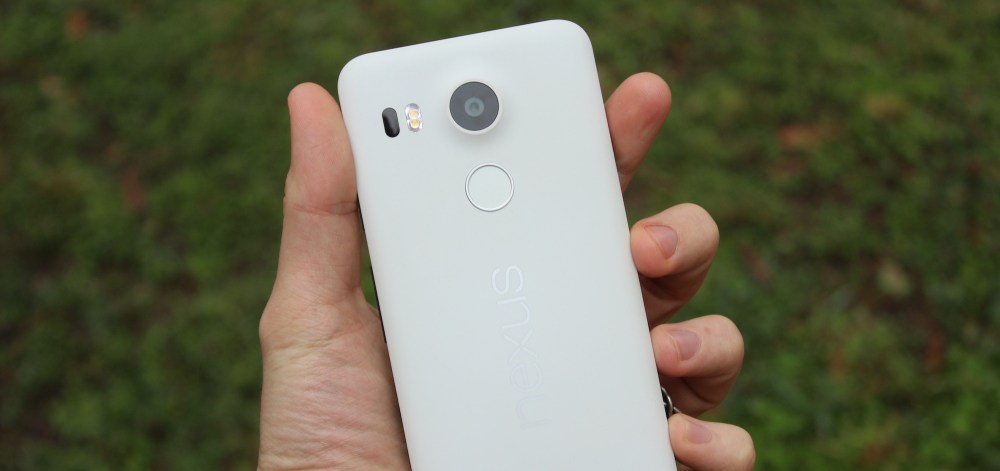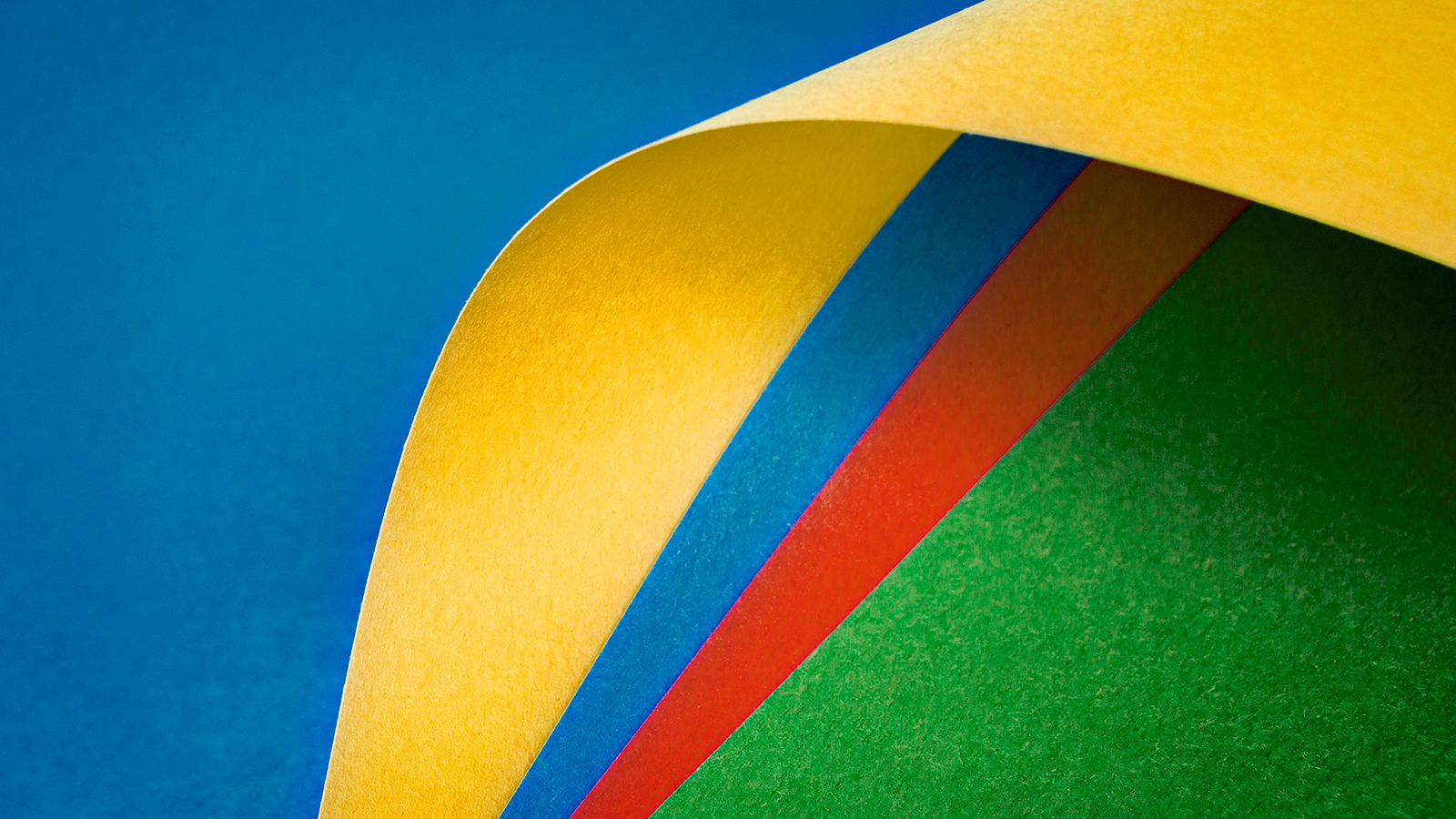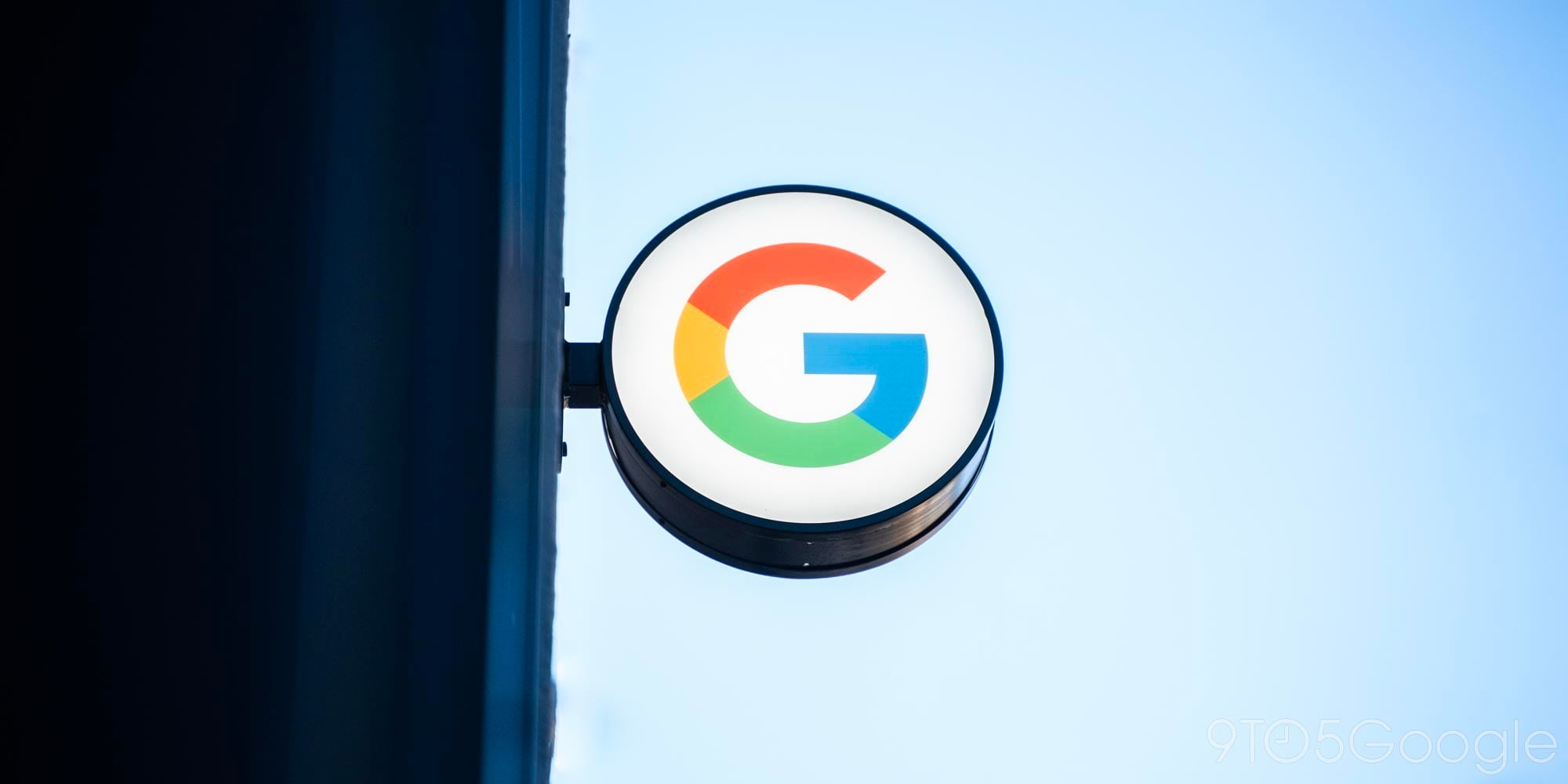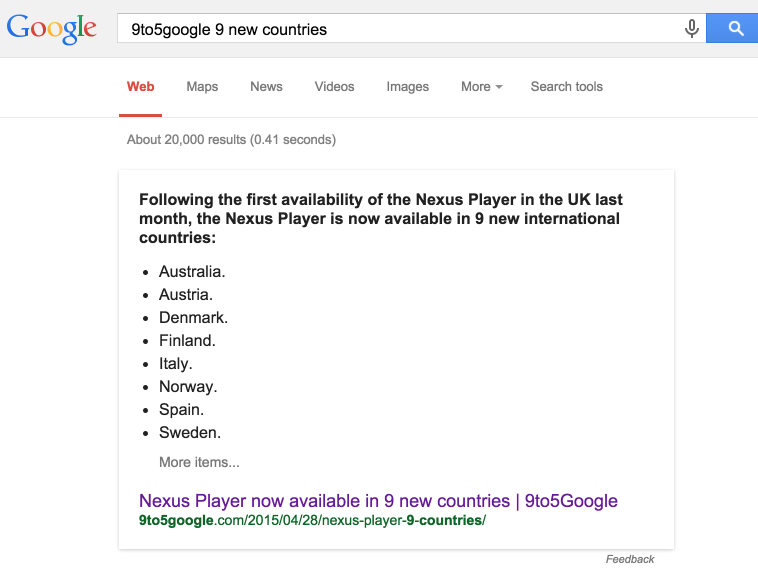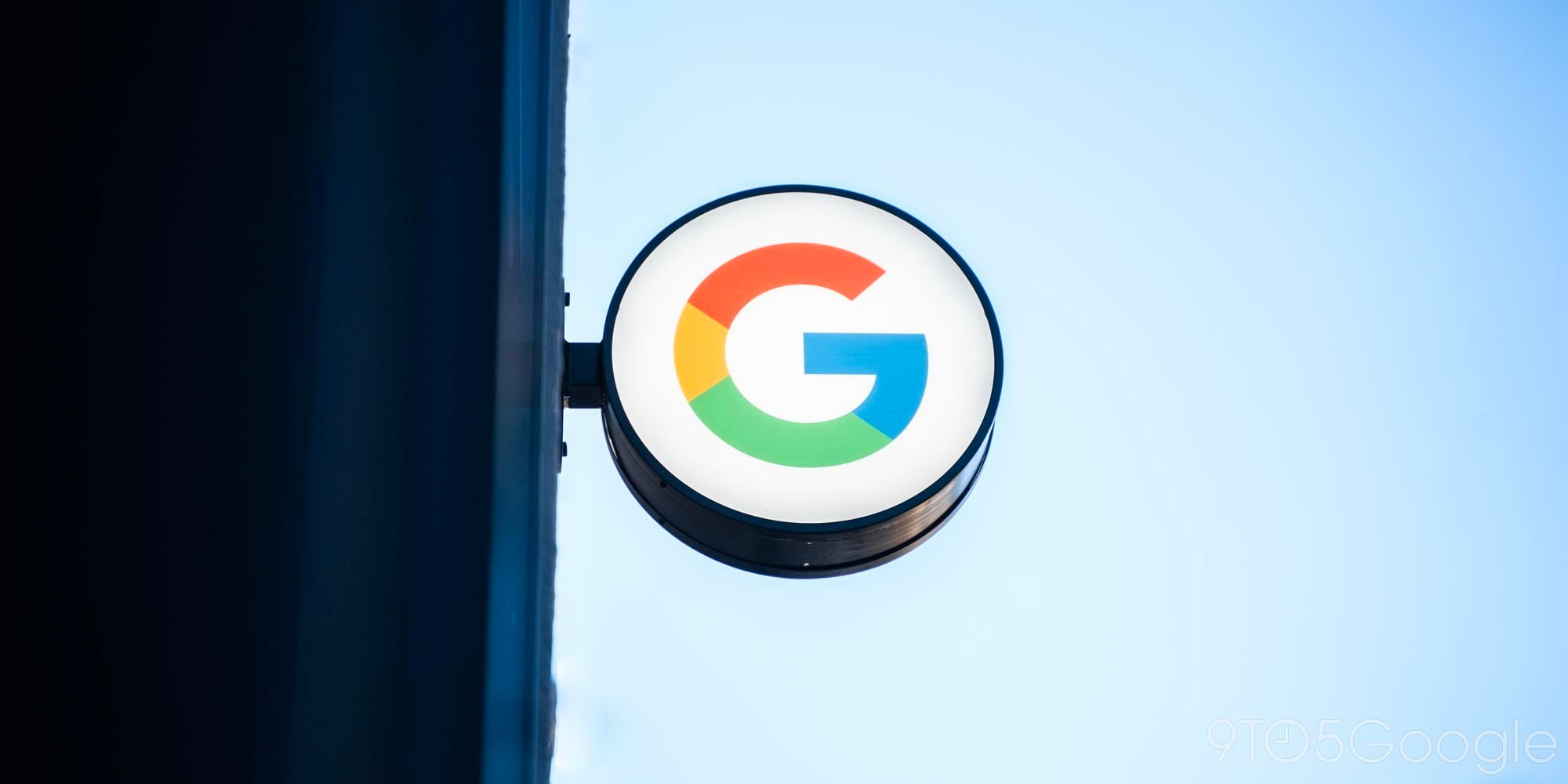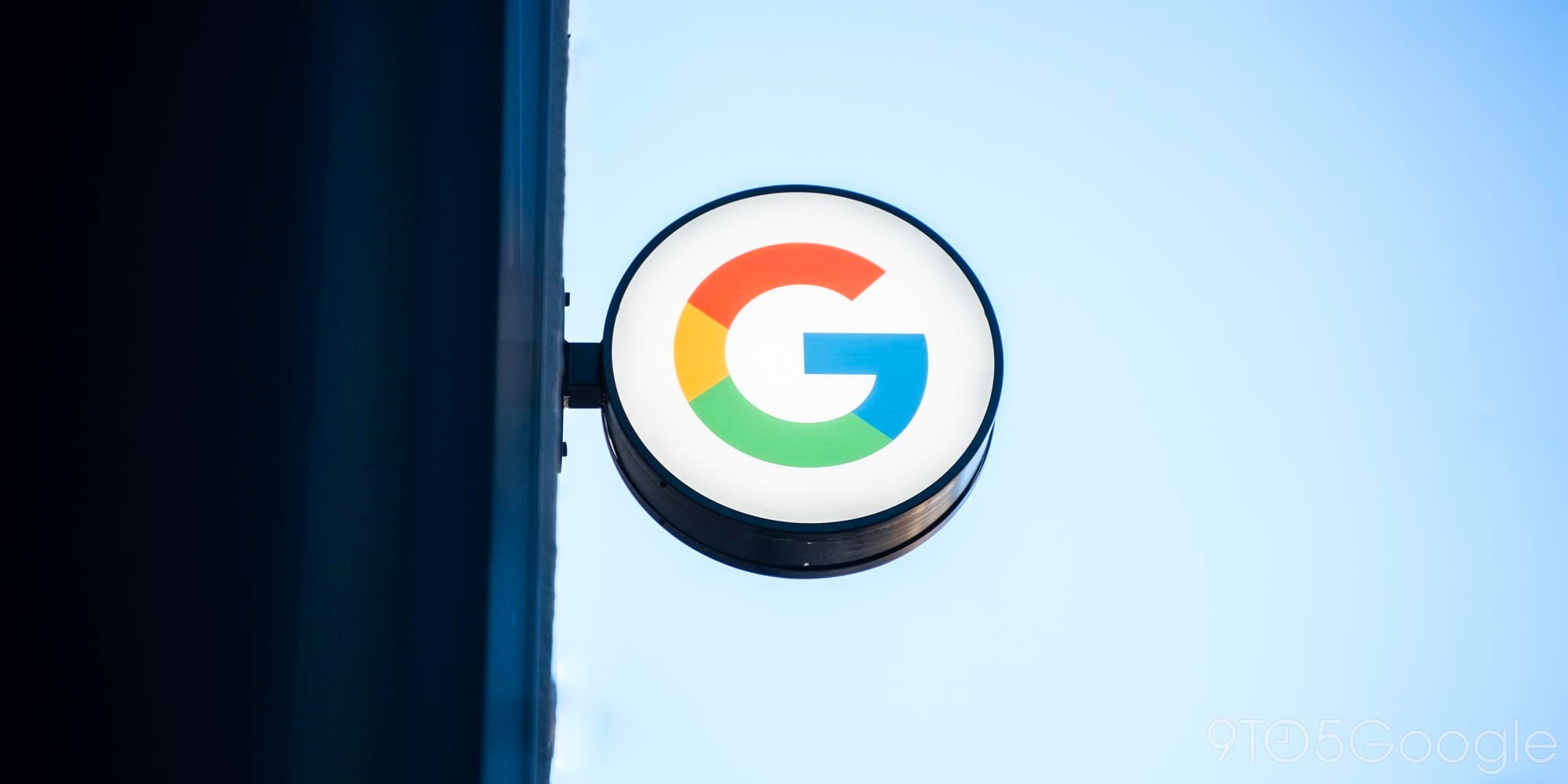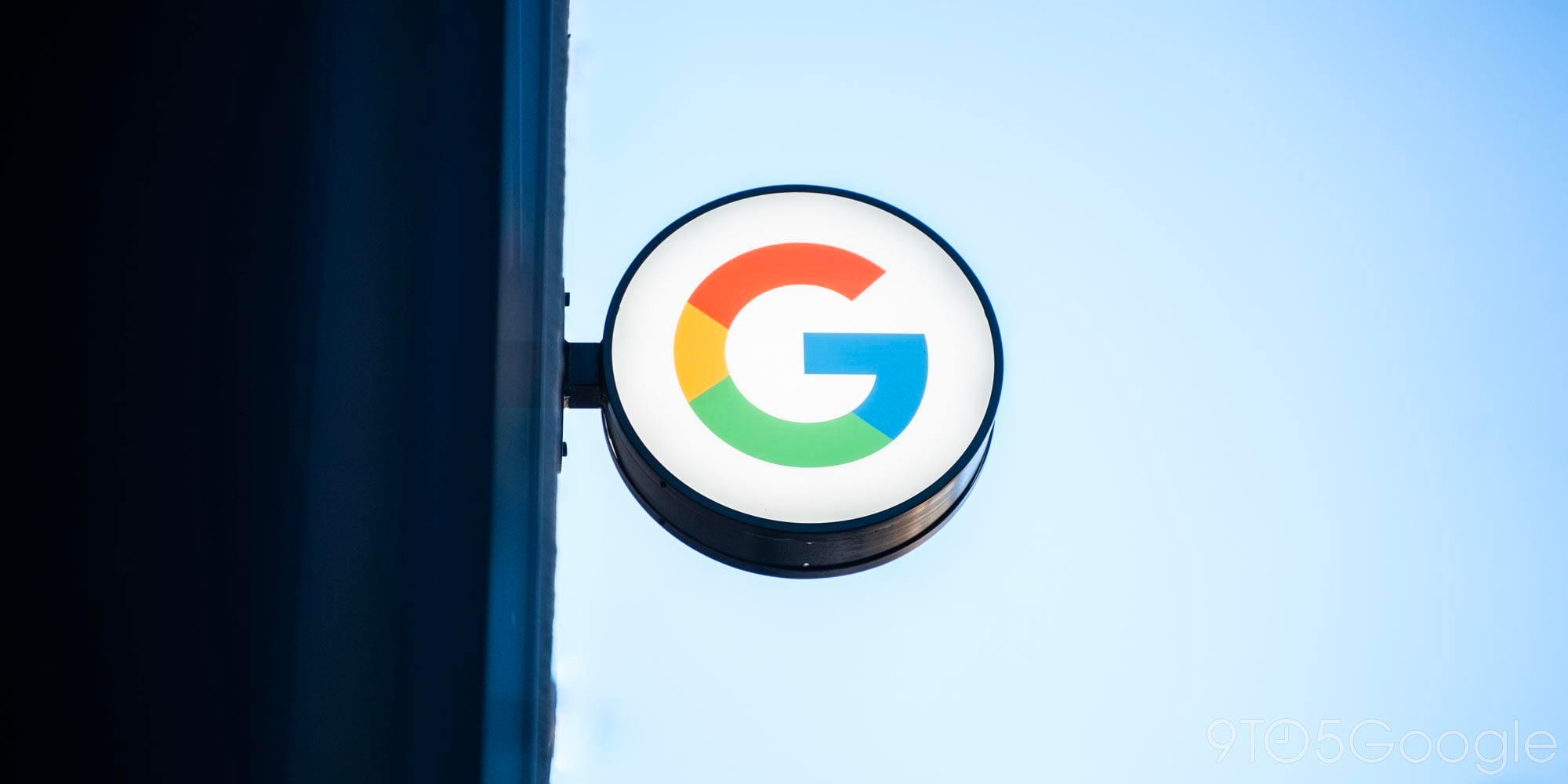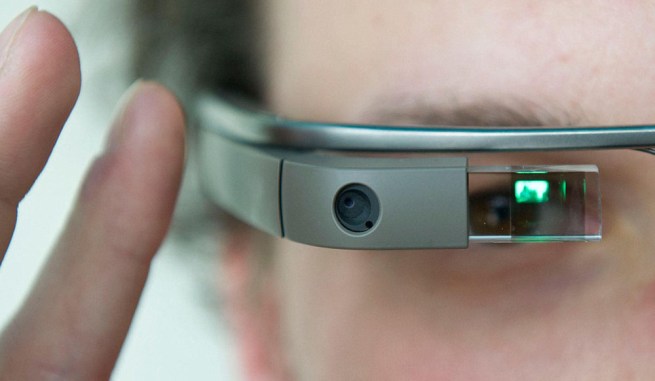Opinion: 5 reasons why USB Type-C is a non-negotiable feature in my next Android phone
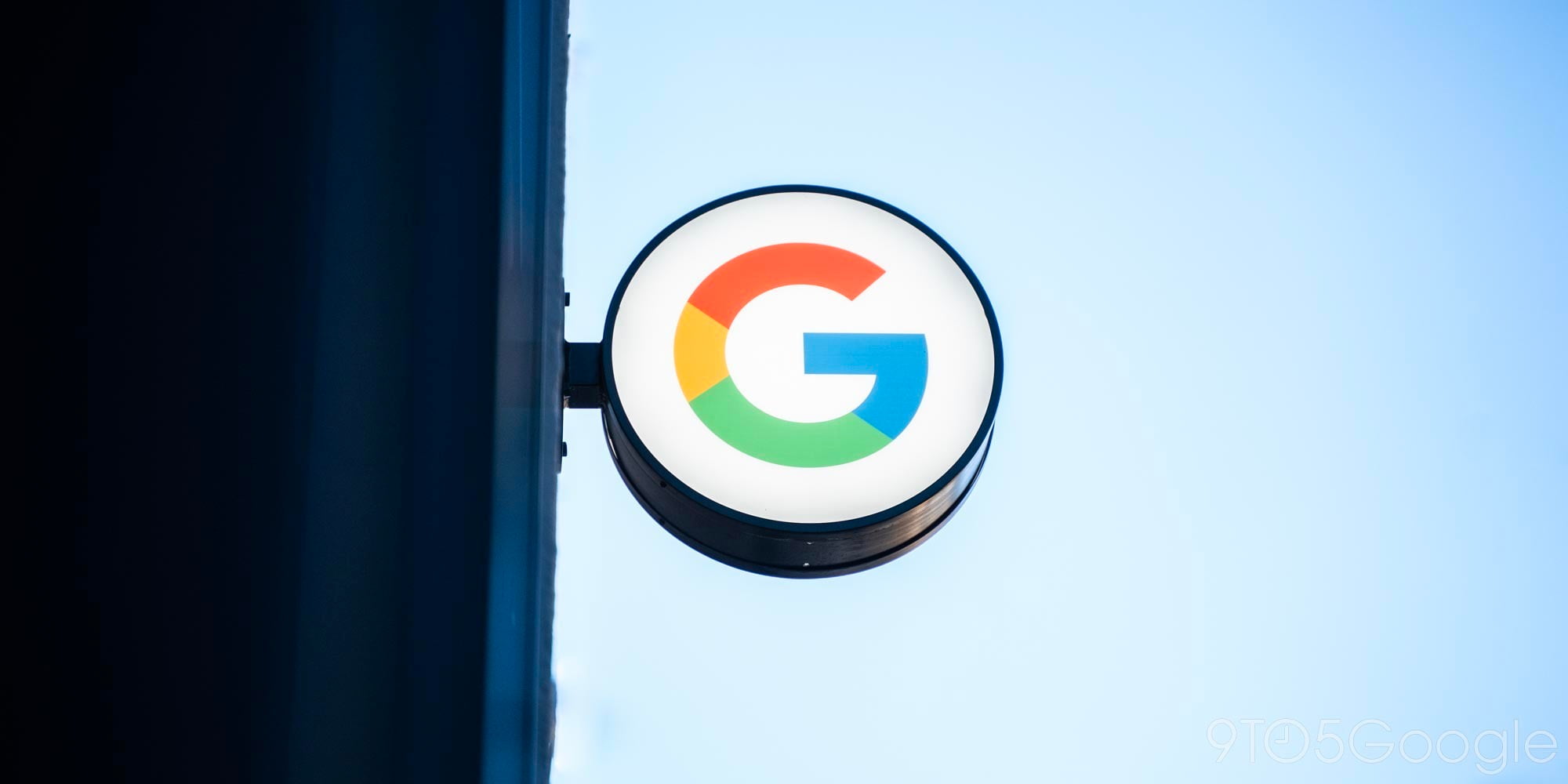
Very quickly, USB Type-C has this year become a part of every phone’s spec sheet. Either a new phone has USB Type-C, or it doesn’t. And it’s already being seen as a pro (or a con) when comparing phones against each other. Before the introduction of USB-C, pretty much every handset was assumed to have the previous connector, microUSB. And pretty much every phone did. Now, that’s changing.
With the Nexus 5X and Nexus 6P, and the OnePlus 2 before that, Android smartphones have recently begun adopting the new standard en masse, and as far as we know, many of the phones set to be announced in the coming months — including the HTC One M10 and the LG G5 — are going to make the jump. For me, supporting USB Type-C is absolutely a requirement for my next phone. Here’s why…
